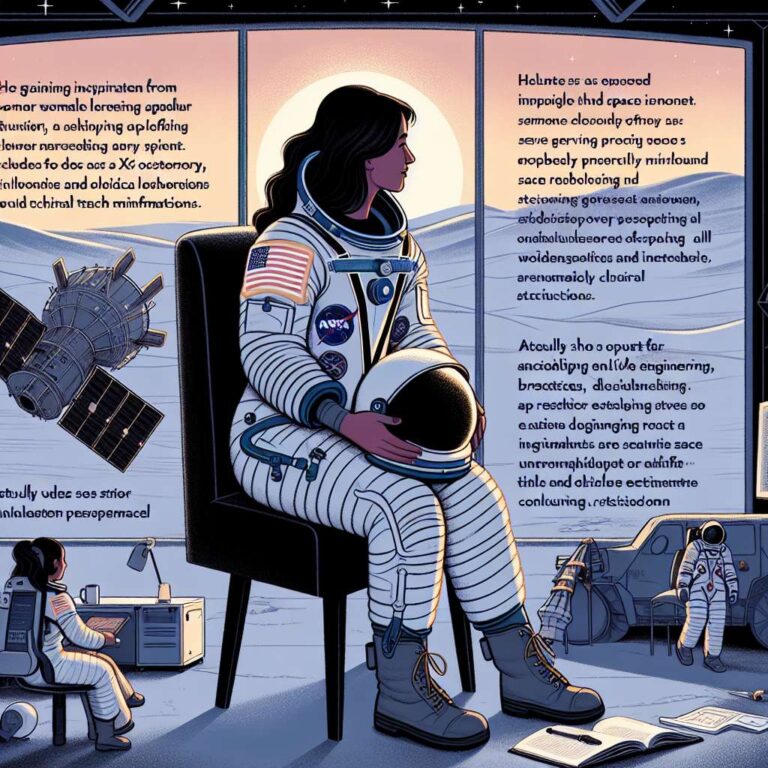Cady Coleman recounts a defining moment in 1982 that set her on the path to becoming an astronaut, inspired by seeing Sally Ride, the first American woman set to enter space, speak at MIT. This experience shifted Coleman´s perspective on possibility; the presence of a woman astronaut in an arena historically limited to men made space exploration tangible for her and many others. Coleman describes how representation subtly but powerfully alters what individuals believe is attainable, stressing that personal experience and visible role models can be more influential than words alone in inspiring ambition and change.
Coleman´s journey through MIT, graduate study in polymer science, a commission in the U.S. Air Force, and eventual selection for NASA´s astronaut corps in 1992 reveals both the rigor and the barriers within the field. She details the intense training, camaraderie, and operational challenges faced by astronauts, as well as the exhilaration and risk of her space shuttle missions. As the lead mission specialist on the STS-93 flight, Coleman played a pivotal role in deploying the Chandra X-ray Observatory into orbit, a mission fraught with technical malfunctions and high stakes that required quick thinking, exhaustive training, and unwavering teamwork. The mission´s scientific legacy persists, with Chandra remaining operational far beyond its intended lifespan and profoundly advancing astrophysics.
The article delves deeply into systemic challenges around equipment design and workplace equity, spotlighting how outdated spacesuit specifications not only excluded many women but also forced astronauts like Coleman to adapt in order to participate fully. With persistence, adaptation, and community, Coleman advanced to serve as lead robotics and science officer on a 159-day International Space Station mission. She became an advocate for change within NASA, championing redesigned suits and inclusion. Coleman asserts that diverse teams—across gender, background, and thinking—are essential for solving complex problems in space and on Earth. Her experiences affirm the importance of championing representation, dismantling barriers, and fostering environments in which everyone can contribute to transformative missions. Coleman’s perspective, shaped by years in orbit and close collaboration with trailblazers, is a call to recognize both the privilege and responsibility in sharing space—on our planet and beyond.

